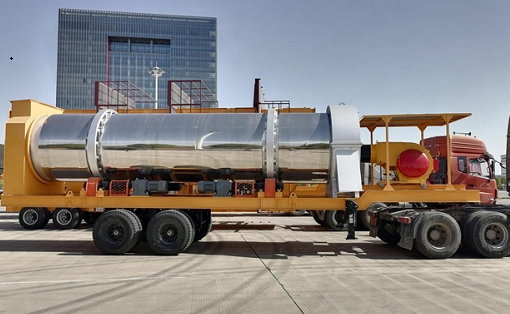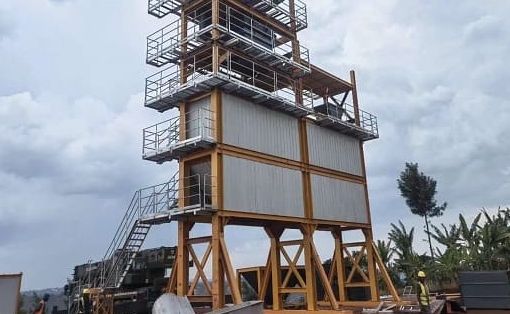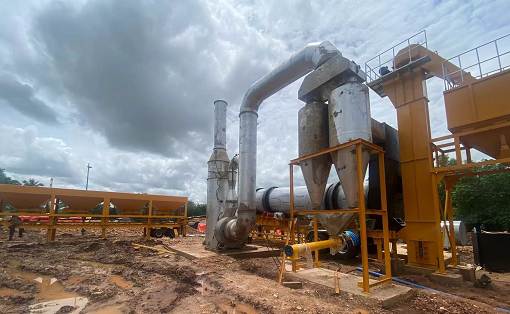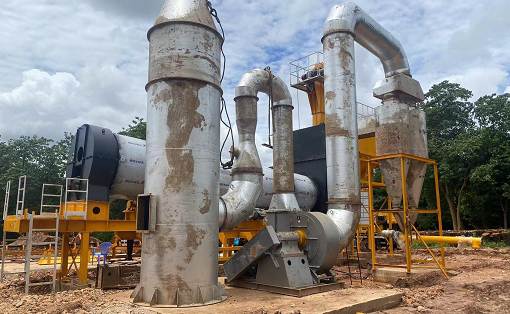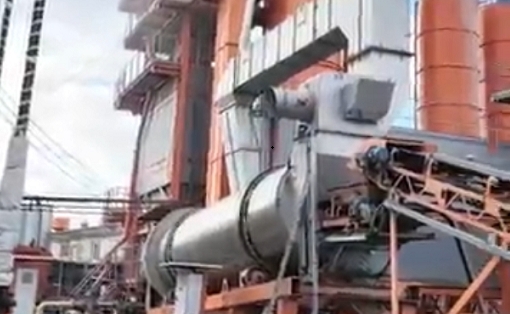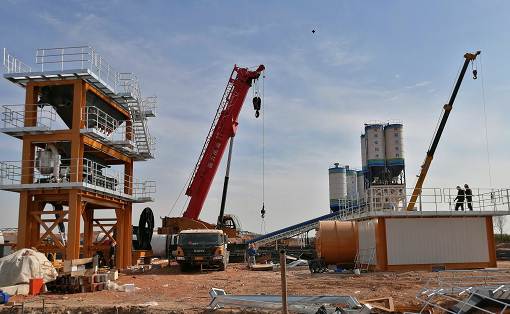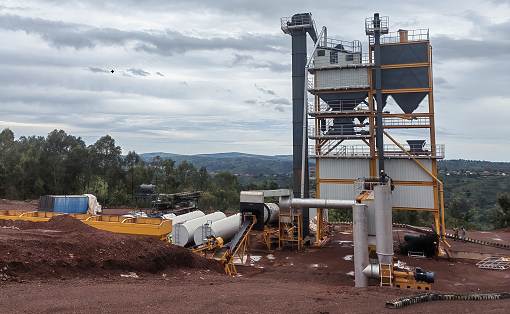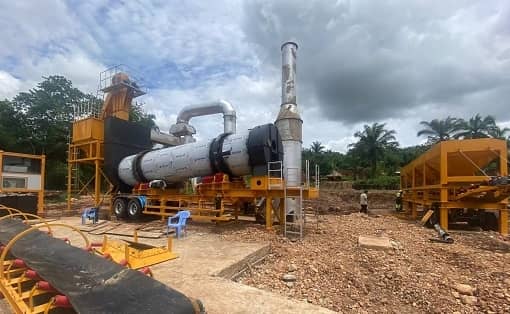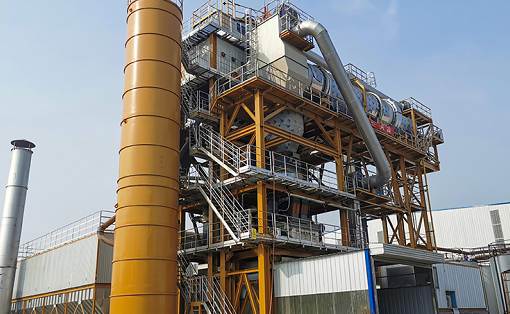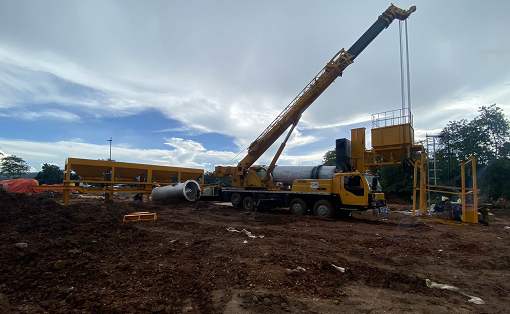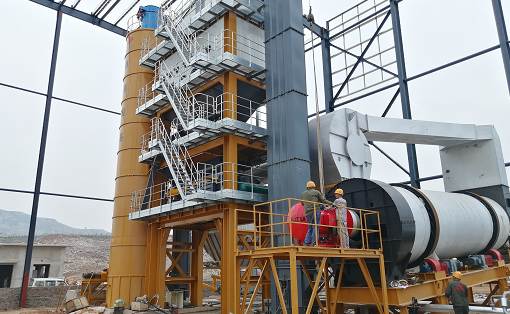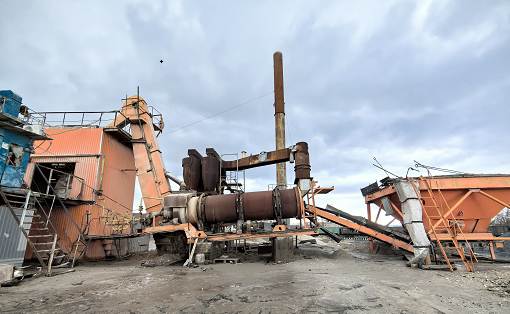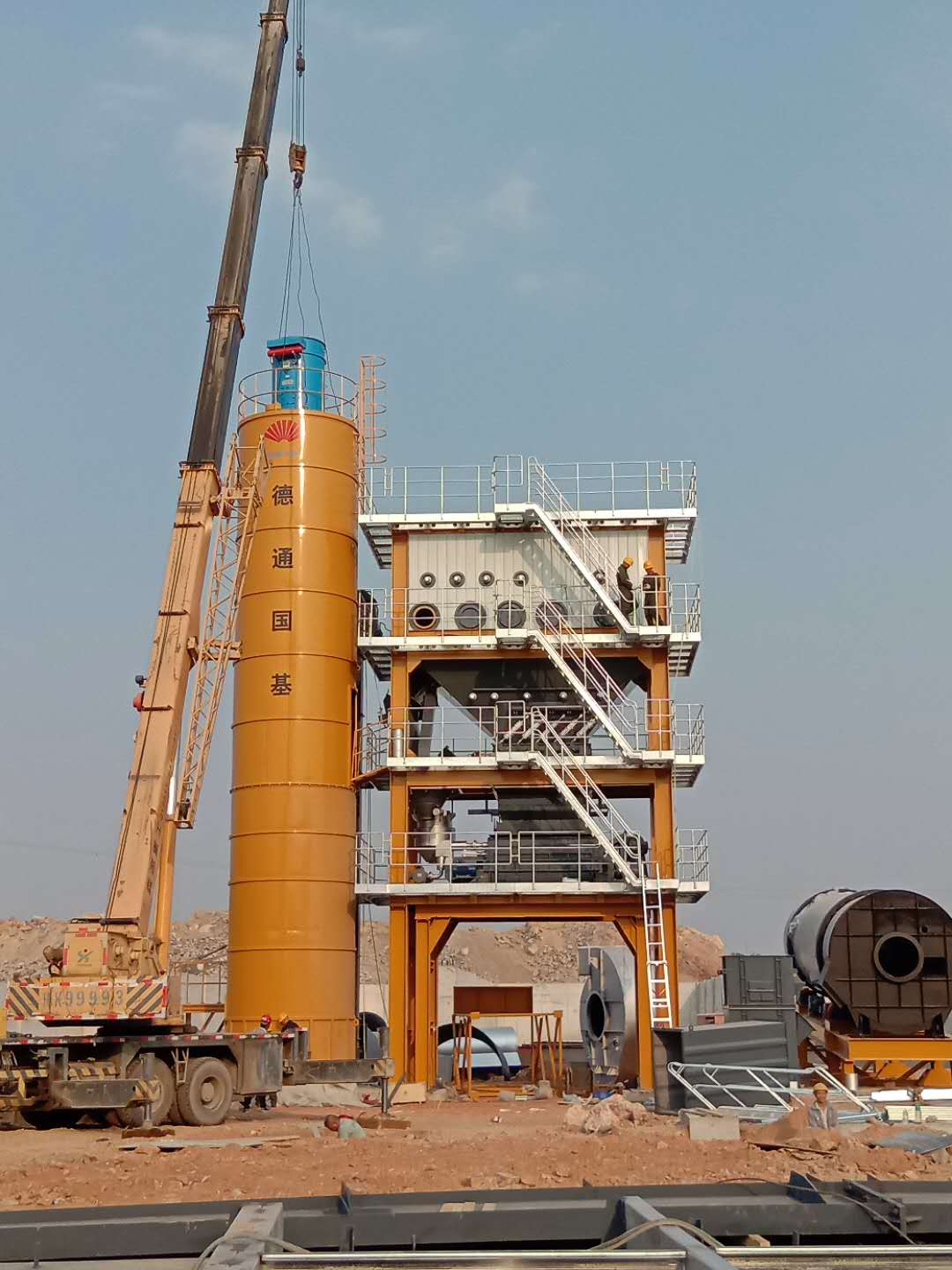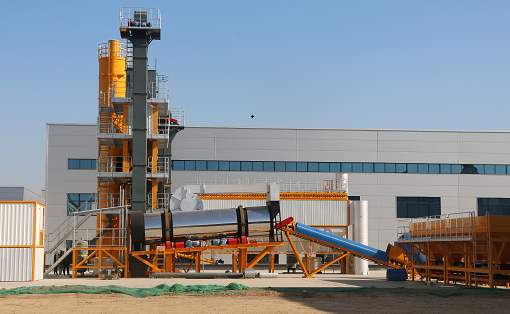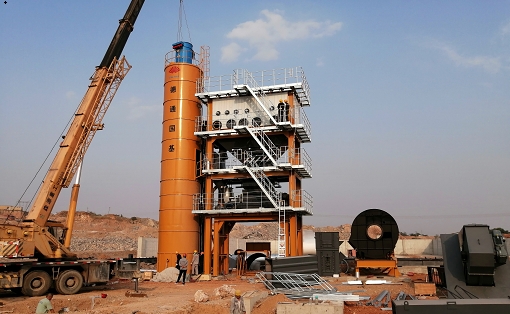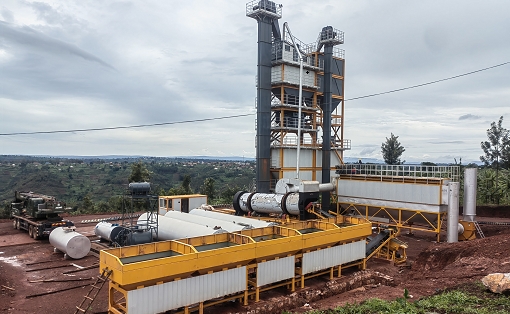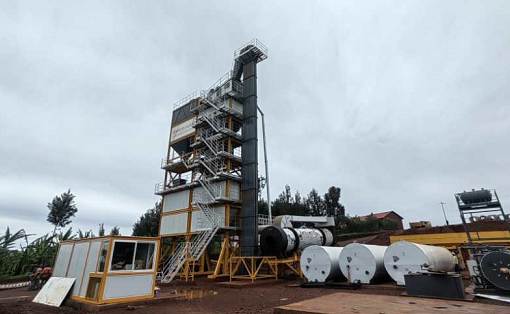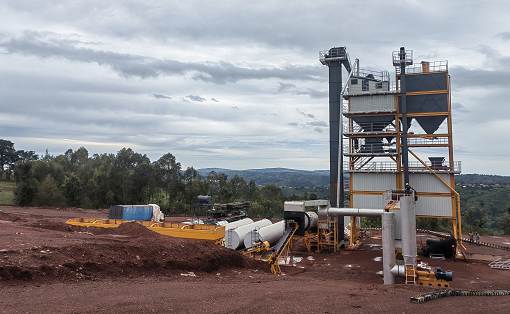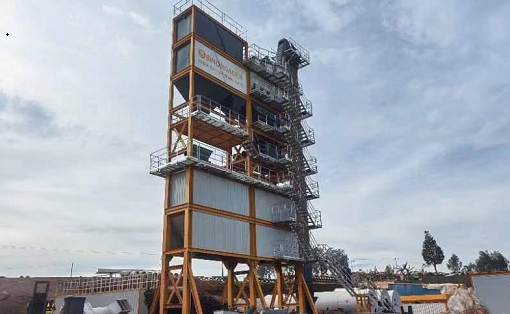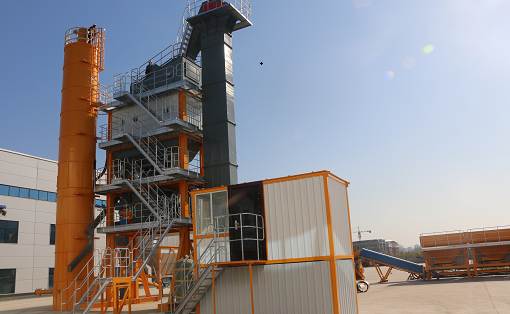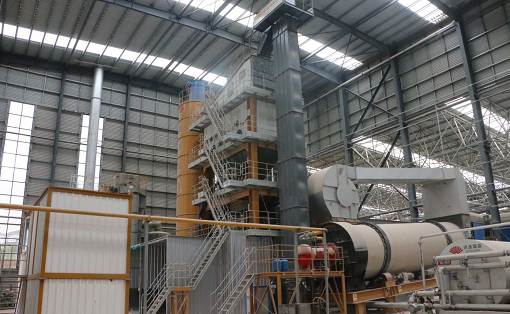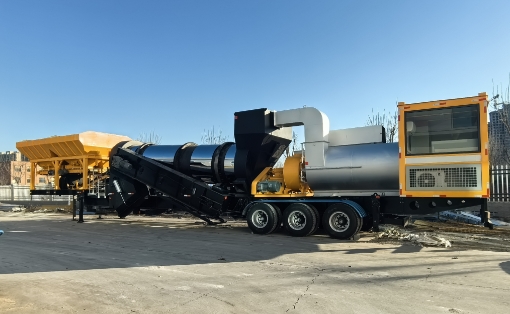Steps of mixing materials with asphalt
Bitumen, a black or brown petroleum-like material, has a viscosity ranging from a viscous liquid to a glassy solid. It can be obtained as a residue separated from natural deposits. Bitumen consists of hydrogen and carbon compounds with small amounts of nitrogen, sulfur and oxygen. The preparation of mixed materials for mixing with asphalt is done in several steps:
Prediction: According to the asphalt recipe, the individual components of the aggregate are weighed. Usually this is done using a belt scale, since the material must go to the next step in a continuous flow.
Bitumen, a black or brown petroleum-like material, has a viscosity ranging from a viscous liquid to a glassy solid. It can be obtained as a residue separated from natural deposits. Bitumen consists of hydrogen and carbon compounds with small amounts of nitrogen, sulfur and oxygen. The preparation of mixed materials for mixing with asphalt is done in several steps:
Prediction: According to the asphalt recipe, the individual components of the aggregate are weighed. Usually this is done using a belt scale, since the material must go to the next step in a continuous flow.
Drying: In a rotating drying drum, the components of the aggregate are dried at a temperature of 140-190 ° C. After drying, the components are sieved and stored several dozen separately.
Weighing: Since drying can change the previous particle size distribution curve, a final weighing is necessary before adding the individual aggregate components to the mixer. This also allows for quick changes in recipes. The binder (bitumen) is kept in a heating box and added to the mixer according to the measured flow rate.
Mixing: The mixer can work continuously or in intervals. Interval mixers use a loading screw to feed the aggregates, and the binder is injected synchronously into the mixing chamber. For very high volumes, continuously operating mixers are used that cannot quickly adapt to changing volumes and formulation needs.
Dispatch: The mixed material is stored in a heated silo and there are usually several chambers to store different formulations.


